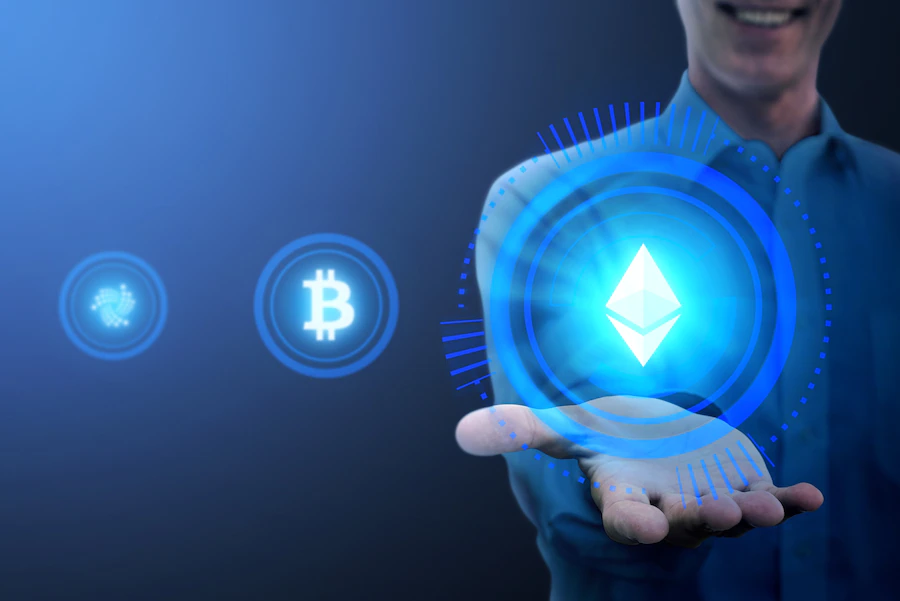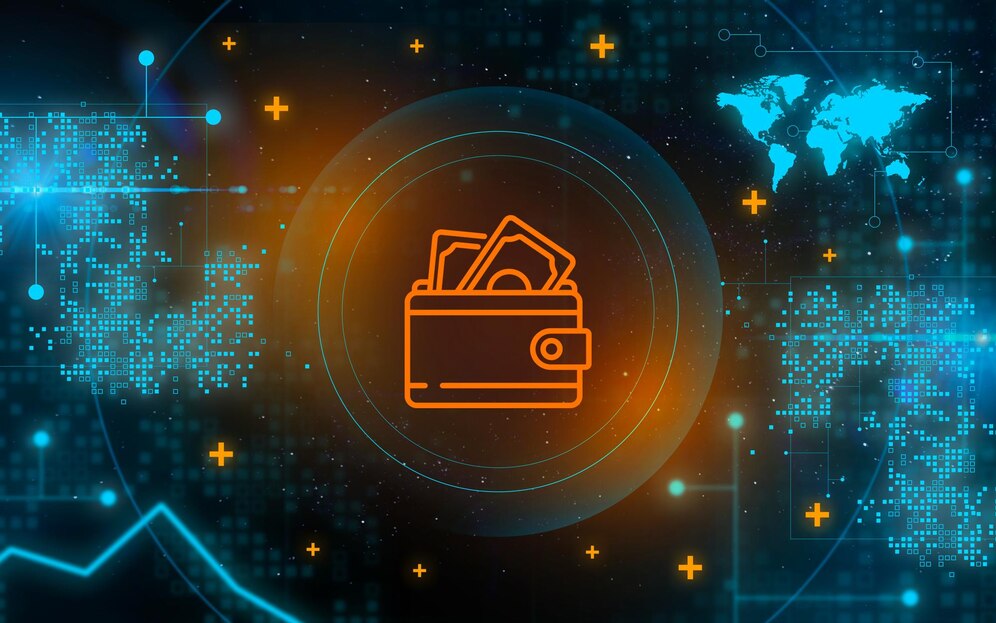What Is Decentralized Finance? A Step-By-Step Guide
by Abdul Aziz Mondal Finance 06 September 2023

There are many buzzwords in the world of tech. And it’s not just about Google’s E-A-T. Today, we’re going to talk about decentralized finance, popularly called DeFi, and all that you should know about it.
DeFi isn’t just for enthusiasts. A lot of people are going to be using or needing to use DeFi tools at some point in the near future. So, it makes sense to know about DeFi, how it works, what are its use cases, and how to get into it.
What Is Decentralized Finance?

Decentralized Finance, also known as DeFi in short, refers to a catchall term that catalogs financial tools generally developed on a blockchain. The concept is to let everyone having Internet access lend, bank, and borrow without opting for a middleman.
In typical finance, you have banks and financial institutions that are essentially intermediaries. DeFi, in contrast, is open-source and free from any intermediaries. Decentralized finance is more inclusive and accessible—Not to mention transparent, as it’s based on a public ledger—Where you have greater control over your financial activities.
There are many tools that make using cryptocurrencies easier. But they mostly rely on centralized exchanges, which, in turn, have stringent Know Your Customer (KYC) requirements. If you check a resource like cryptocurrencyhelp.com, you’ll find tools that actually use decentralized infrastructure to help you transact, instead of centralized ones.
It is a revolutionary movement in the larger financial sector. Designed to disrupt traditional financial systems and provide an alternative, DeFi uses blockchain technology (that cryptocurrencies are made on) and smart contracts to provide a host of financial tools and services.
How Does It Work?
So, we have the majority of the theoretical stuff out of the way. Now, it’s time to see how DeFi actually works. Many components work together to create a larger decentralized finance ecosystem.
In other words, it’s not a single app, platform, or activity. There are many DeFi tools and workflows that you should know about before you start to get into it.
Decentralized finance solves a bunch of issues that plague the traditional financial markets. Traditionally, we have grown acclimatized to not being affected by these issues—But the alternative of DeFi allows us to eliminate many of these issues entirely or at least make them smaller.
DeFi users have the chance to access multiple lending as well as borrowing markets. They can also take durations, short or long, on various cryptocurrencies and gain returns via yield farming. Those are just a few of the most common ways to participate in the DeFi ecosystem.
How exactly is all this made possible?
Well, at the heart of all major DeFi uses is the technology of decentralized exchanges. These are called decentralized exchanges because typical cryptocurrency buying, selling, trading, and investment companies are centralized. They are run by a major corporation, and in most cases, the value isn’t even yours (not your wallet, not your coins!).
Decentralized exchanges or DEXes, use what’s called an automated market maker (AMM) model. An AMM can execute trades on the blockchain through smart contracts. Nobody has to step in, nobody has to sign off, and most importantly, nobody has to be “trusted” for a transaction to go through.
This model switches conventional order books with liquidity pools that are pre-funded. It further includes the assets one might face in a trading pair. These pools consist of liquidity provided by users, who are then entitled to earn fees from the trades executed on that pair.
PancakeSwap and dYdX are a couple of the largest decentralized exchanges. As a bonus, DEXes don’t need KYCs to let you transact.
How To Get Into Defi?
Getting started with decentralized finance is easy. It’s all about using a decentralized exchange at its basic level and then doing what you want to do. Some platforms are preferred by traders, while others are preferred by yield farmers or long-term holders.
Some famous DeFi protocols are Aave, Uniswap, MakerDAO, and Compound.
Before we move on to the steps, you should know that DeFi is a relatively modern and quickly evolving space. Incidentally, it comes with its own set of risks. It’s essential to be aware of the risks involved and take necessary precautions to protect your funds.
Once you have chosen the right platform as per your preferences, here’s a step-by-step process to follow:
1. Set Up A Defi Wallet

The first thing we need to do is get you a wallet that works with DeFi protocols. There are several options available, including Coinbase Wallet, Crypto.com DeFi Wallet, and MetaMask. You can choose the one that suits you best and, depending on which cryptocurrencies you wish to deal in.
MetaMask, for example, can be used to store Ethereum and any ERC-20-based tokens and assets, including NFTs.
2. Fund Your Wallet
Now that you have created a wallet and preferably stored your seed phrase somewhere safe (like writing it on a piece of paper and putting it in your locker), you’re ready to buy cryptocurrency.
For convenience, we recommend beginners buy from a centralized exchange such as Coinbase, Binance, or Kraken. Once you have purchased cryptocurrency with fiat, transfer it instantly to your DeFi wallet that you won.
If you don’t want to buy through a centralized exchange, a less convenient option is to seek out P2P marketplaces in your region.
3. Start Using DeFi!
Once you have chosen a DeFi protocol and have cryptocurrency in your wallet, you can start using it to access various financial services, such as lending, borrowing, trading, and staking.
Staking is perhaps the simplest of the lot. You just lock in or freeze a particular amount with a platform like PancakeSwap and gather the yield. That’s more long-term, however, and if you’re looking for trading, you should first look at some trading strategies.
Wrapping Up
Whereas some believe that traditional finance will weed out cryptocurrencies and blockchains in due time, others believe that the future is decentralized. You don’t have to align yourself to either extreme. It’s important to strike the perfect balance and to do that, it’s important to understand the fundamental principles of DeFi and DEXes.
Hopefully, our guide nudged you in the right direction!
Read Also:



































































































